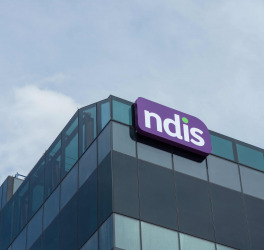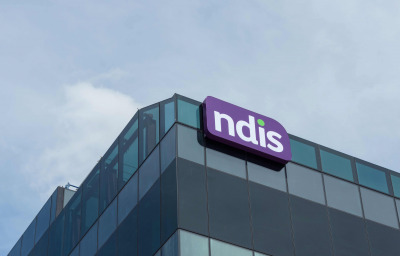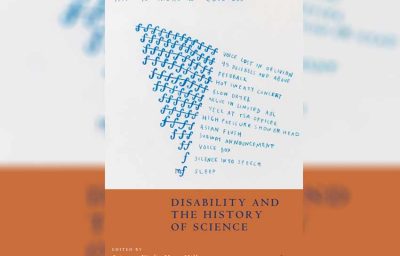
Greater Wellington is to embark on an action plan designed to make the Metlink public transport network more accessible to persons with disabilities.
The plan will work to make network design, infrastructure, education and information more accessible to disabled people, as set out in the Metlink Public Transport Accessibility Charter 2021, which was launched today (25 November 2021) by Greater Wellington’s Transport Committee.
“We acknowledge we have much more work to do to remove obstacles to access to the Metlink network,” says Transport Committee chair Cr. Roger Blakeley.
“The charter speaks directly to making that happen, and has been co-designed by those whose voices need to be heard in the discussion, organisations that represent the disabled community.
“It has been developed in response to consistent comment from stakeholders from the accessibility community that a move to a more coordinated and prioritised approach should start by Metlink signalling a stronger commitment to accessibility at a policy level.”
The value of the charter, says Transport Committee deputy chair Cr. David Lee, is in turning its promise into reality through action.
“The vision of the 18-point charter is to ensure the Metlink public transport network is accessible for all, with ease and dignity. But the key to its success will be in embedding change across the network that make a real difference for people with disabilities.
“Change programmes will focus on providing accessible information, ensuring operators’ obligations and responsibilities are understood and their staff trained to meet them, and we will work with our partners to help ensure disability issues are reflected in infrastructure development.”
Key areas covered by the charter are:
- the planning and design of infrastructure such as rail stations, bus hubs, trains, buses and so forth to ensure where possible that accessibility can be ‘built in’ to services. Where Metlink has no direct control over infrastructure it will work to influence its strategic partners to consider accessibility in decision making to ensure all transport users have equal opportunities to travel;
- introduction of accessible information on all network matters, including service design proposals, service changes and service consultation documents;
- ongoing education and training of operators to ensure all staff across the public transport network, as a condition of contract, can provide appropriate services to disabled people.
To turn the aspirations of the charter into a reality, an associated Accessibility Action Plan will now commence, under which Metlink will work with the disability sector between now and 2023 to identify priorities for improving accessibility across the network.
In the short-term, Metlink will review current and planned initiatives. These will be mapped onto an ‘accessible journey’ framework, with delivery dates and budget status (within the LTP) to establish a baseline for the Action Plan to be developed until 2024.
To build on this ‘baseline’ Action Plan, Metlink will review the prioritisation of existing initiatives and add any new initiatives based on needs highlighted through the engagement.
Refinement of the Action Plan will be undertaken with input from Metlink staff, health sector agencies including DHBs, members of the PTAG, advocacy groups like the Pōneke Collective, disabled people and sector representatives who participated in the insight engagement. The final Accessibility Action Plan will be presented to Council for approval as part of the 2024 LTP planning process.
“Fundable actions from the Accessibility Action Plan will be incorporated into the 2024 Regional Land Transport Plan and Greater Wellington Long Term Plan, embedding accessibility as a fundamental requirement of the network,” says Cr. Blakeley.
“However, we won’t wait until 2024 to make a difference, we will take early opportunities to improve services through initiatives such as ‘on-bus’ next stop announcements and driver training on the needs with people with all kinds of disabilities.”
While the scope is disability, solutions to improve accessibility will not only benefit disabled people but also the wider community.
‘Disability’ is defined in New Zealand by the Ministry of Health as “any self-perceived limitation in activity resulting from a long-term condition or health problem lasting or expected to last 6 months or more and not completely eliminated by an assistive device.” This includes physical, intellectual, psychological, sensory, and neurological disabilities.








